Hi there, pet lovers! 🐍
Are you considering adding a unique and manageable snake to your collection? The Kenyan Sand Boa could be the perfect match for you. Known for their striking coloration, burrowing behavior, and easygoing care requirements, these small boas are becoming a favorite among both beginner and experienced snake keepers. In this pet care article, we’ll explore why the Kenyan Sand Boa is an excellent choice for reptile enthusiasts, along with expert tips for caring for this fascinating species. Let’s dive into what makes the Kenyan Sand Boa such a great companion!
Overview
Kenyan Sand Boas (Eryx colubrinus) are small, burrowing snakes native to the arid regions of East Africa. Known for their striking coloration, docile nature, and low-maintenance care requirements, they have become a favorite among both beginner and experienced reptile enthusiasts.
- Handling and Temperament: Generally easy to handle but can be shy or defensive when young.
- Care and Maintenance: Extremely low-maintenance with simple habitat requirements.
- Health and Durability: Hardy and resilient, with few health issues when cared for properly.
- Availability: Widely available through breeders, expos, and pet stores.
- Cost: Affordable to purchase and set up, making them a budget-friendly pet.
- Overall: An excellent choice for snake enthusiasts of all experience levels.
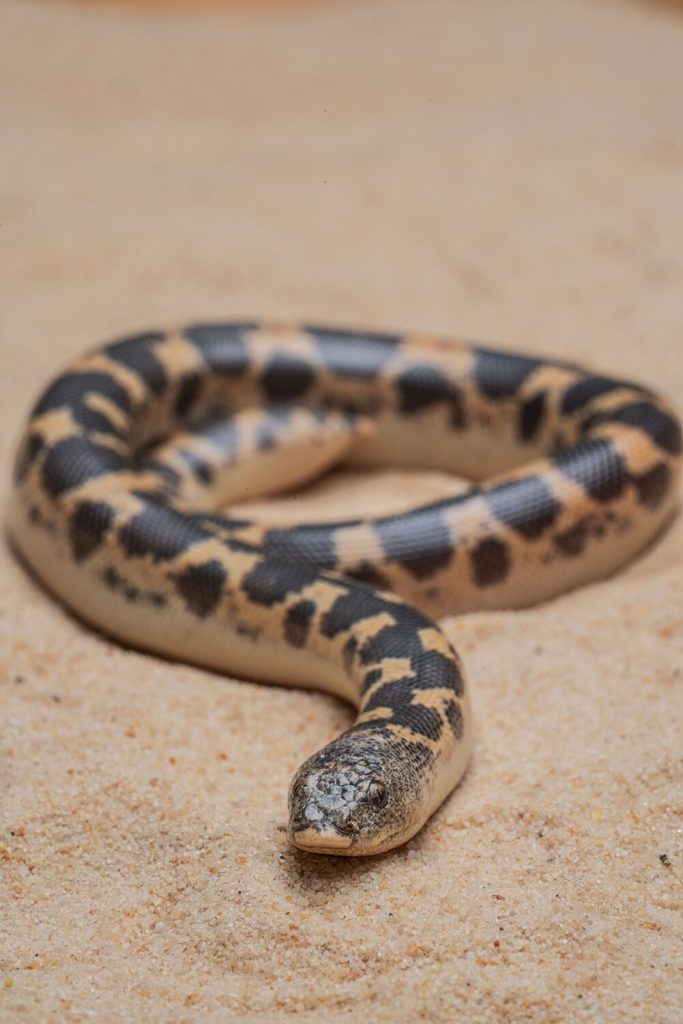
Why Choose a Kenyan Sand Boa?
Kenyan Sand Boas are ideal for those looking for a unique, low-maintenance, and fascinating pet snake. Their small size, burrowing behavior, and striking appearance make them a standout choice for reptile lovers. They are quiet, don’t require much space, and are relatively easy to care for, making them perfect for apartment living or for those new to snake ownership. With a lifespan of 15-20 years, they are a long-term commitment but a rewarding one for dedicated keepers.
Handling and Temperament
Kenyan Sand Boas are generally easy to handle, but their temperament can vary depending on their age and individual personality. They are known for their calm and slow-moving nature, which makes them less intimidating for beginners. However, younger snakes or those not accustomed to handling may exhibit defensive behaviors, such as striking or burrowing to escape.
Personality Variations
- Adults: Typically calm and docile, making them great for handling.
- Juveniles: Can be more skittish or defensive, but often mellow with regular, gentle handling.
Handling Tips
- Always handle them gently and support their body to avoid stress.
- Avoid handling them during shedding or immediately after feeding.
- Be mindful of their small size, especially with males, as they can be more fragile.
Defensive Behaviors
- Kenyan Sand Boas may strike sideways when startled, which can be surprising but is rarely harmful.
- They may also burrow into your hands or clothing, which is a natural behavior and not a sign of aggression.
Overall, Kenyan Sand Boas are a joy to handle once they are accustomed to human interaction. Their calm demeanor and manageable size make them a great choice for snake enthusiasts of all levels.
Care and Maintenance
Kenyan Sand Boas are one of the easiest snakes to care for, making them an excellent choice for beginners. Their care requirements are straightforward, but they do have specific needs to thrive.
Enclosure Setup
- Size: A 10-20 gallon tank is sufficient for an adult Kenyan Sand Boa. They are not active snakes and don’t require much space.
- Substrate: Use loose substrates like aspen shavings or coconut husk to allow for burrowing. Avoid sand, as it can cause health issues if ingested.
- Hiding Spots: Provide at least two hides—one on the warm side and one on the cool side of the enclosure.
- Climbing Accessories: While they are primarily burrowers, adding a few branches or rocks can enrich their environment.
Temperature and Humidity
- Temperature: Maintain a gradient of 75-80°F on the cool side and 90-95°F on the warm side. Use an under-tank heater or heat tape regulated by a thermostat.
- Humidity: Keep humidity levels low (30-40%). Mist the enclosure lightly if shedding issues occur.
Feeding
- Diet: Kenyan Sand Boas primarily eat frozen-thawed rodents. Juveniles can be fed pinky mice, while adults can eat adult mice.
- Feeding Schedule: Feed juveniles once a week and adults every 10-14 days. Adjust portion sizes based on their size and appetite.
- Feeding Tips: Use tongs to wiggle the prey near their hiding spot to trigger their natural ambush response.
Lighting
- Kenyan Sand Boas do not require UVB lighting, as they are nocturnal and burrowers. However, providing a natural day-night cycle can help regulate their behavior.
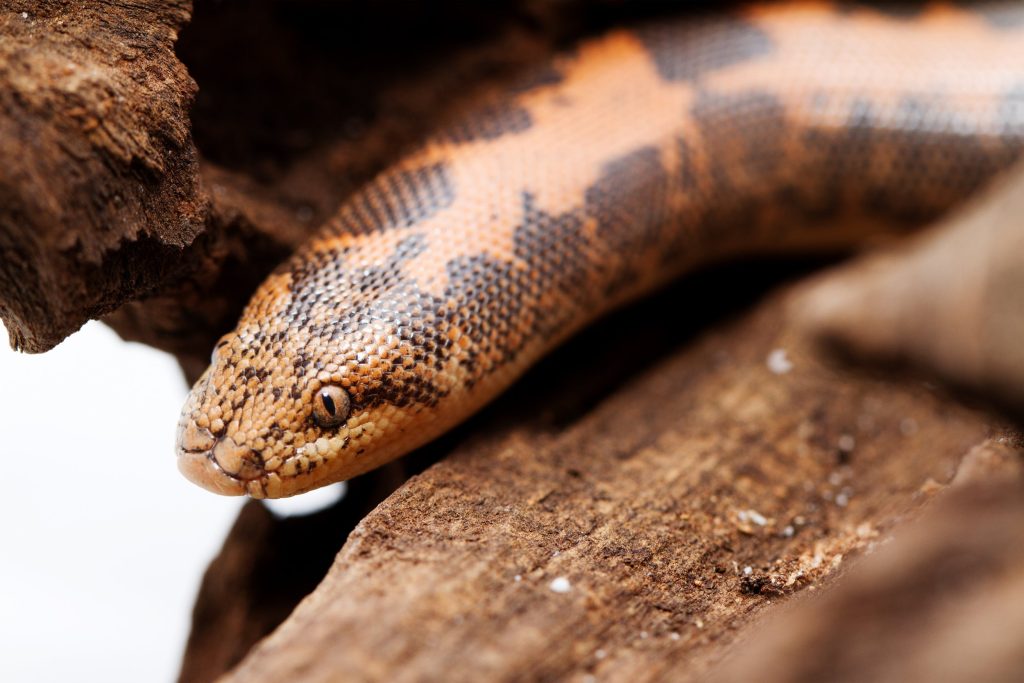
Health and Durability
Kenyan Sand Boas are hardy snakes with few health issues when cared for properly. However, like all reptiles, they can be sensitive to environmental changes and improper care.
Common Health Issues
- Respiratory Infections: Caused by excessive humidity or poor ventilation.
- Dehydration: Occurs if humidity levels are too low or if they don’t have access to fresh water.
- Impaction: Can result from ingesting loose substrate, so avoid sand or overly coarse materials.
Preventative Care
- Maintain proper temperature and humidity levels.
- Provide a clean and secure enclosure with fresh water.
- Handle them gently to avoid stress or injury.
With proper care, Kenyan Sand Boas can live 15-20 years, making them a long-term but rewarding commitment.
Availability and Cost
Kenyan Sand Boas are widely available and affordable, making them accessible to most pet owners. They are commonly found at reptile expos, through reputable breeders, and even in some pet stores.
Where to Buy
- Breeders: The best option, as they can provide healthy, well-cared-for snakes.
- Reptile Expos: Great for meeting breeders and choosing from a variety of morphs.
- Pet Stores: Less ideal, but some stores carry Kenyan Sand Boas.
Cost
- Snake Price: $30 to $50 for standard morphs, with rare morphs costing up to a few hundred dollars.
- Setup Cost: Around $100 to $200 for a basic enclosure, heating, and supplies.
Pros and Cons
Pros
- Easy to handle and care for.
- Low-maintenance compared to other reptiles.
- Affordable to purchase and set up.
- Long lifespan (15-20 years).
- Unique burrowing behavior and striking appearance.
Cons
- Can be shy or defensive when young.
- Require specific temperature and humidity levels.
- Not as interactive as some larger snake species.
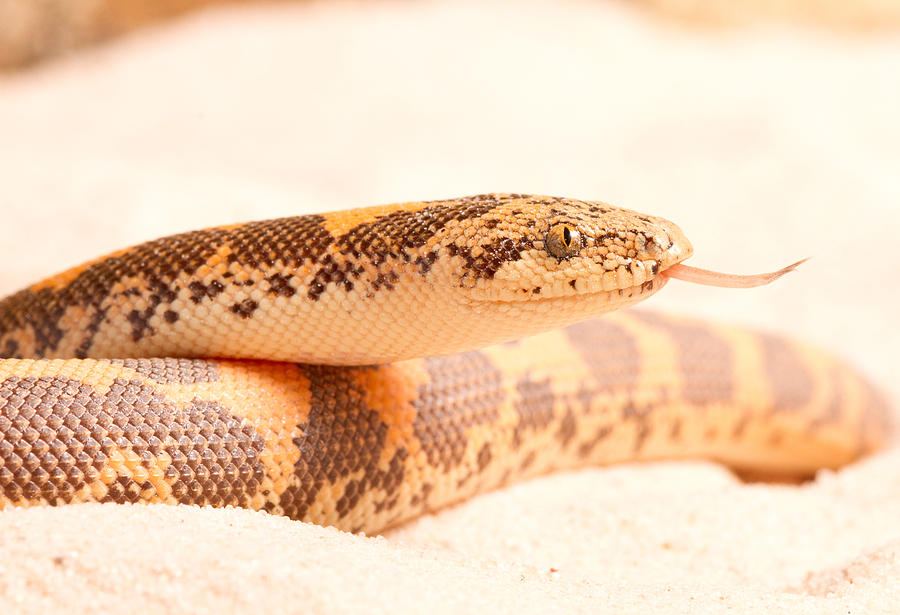
Final Thoughts
Kenyan Sand Boas are an exceptional choice for anyone seeking a small, low-maintenance, and fascinating pet snake. Their unique burrowing behavior, striking appearance, and forgiving nature make them a joy to own. While they may not be as interactive as some larger snakes, their manageable size and ease of care more than compensate.
Whether you’re new to reptiles or a seasoned keeper, the Kenyan Sand Boa is sure to charm you. If you’re considering one, we highly recommend visiting a breeder or expo to meet them in person. Their individual personalities and stunning appearances are sure to win you over.
Have you owned a Kenyan Sand Boa? Share your experiences and tips in the comments below! We’d love to hear how you care for your snake and what makes them special to you.
For more reptile care tips and reviews, stay tuned to our blog and don’t forget to subscribe to our newsletter! 🐍

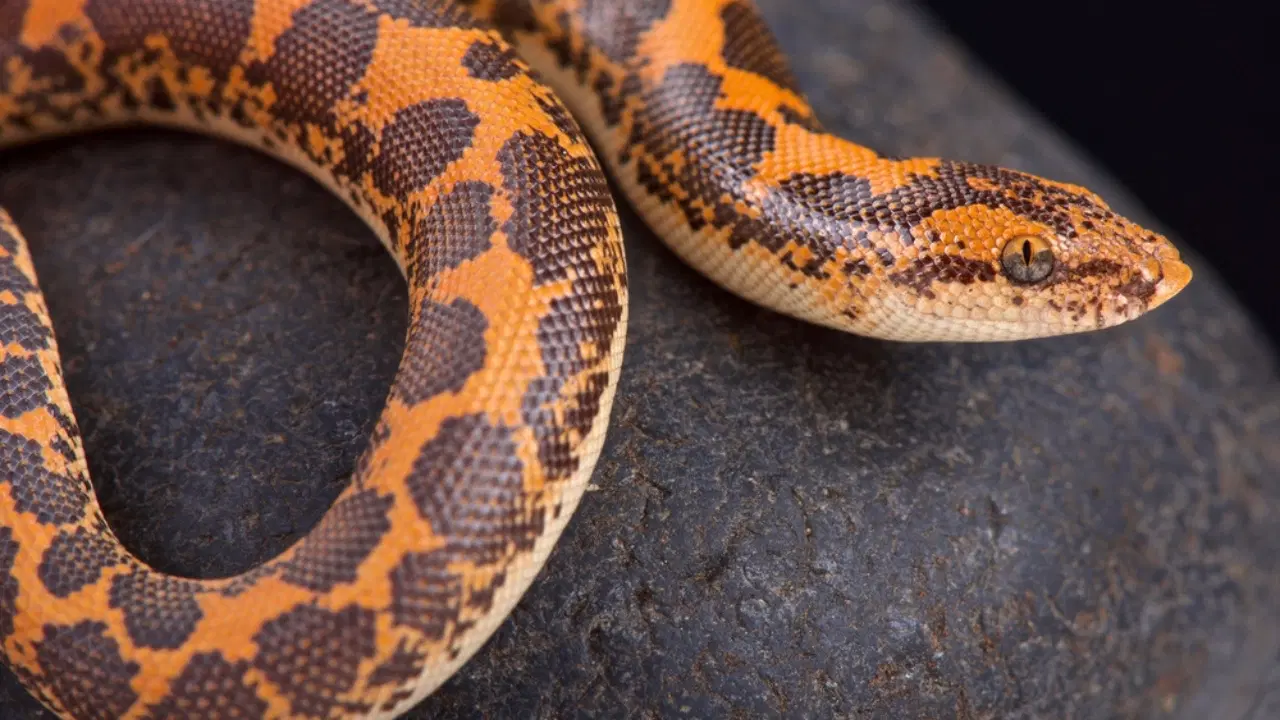

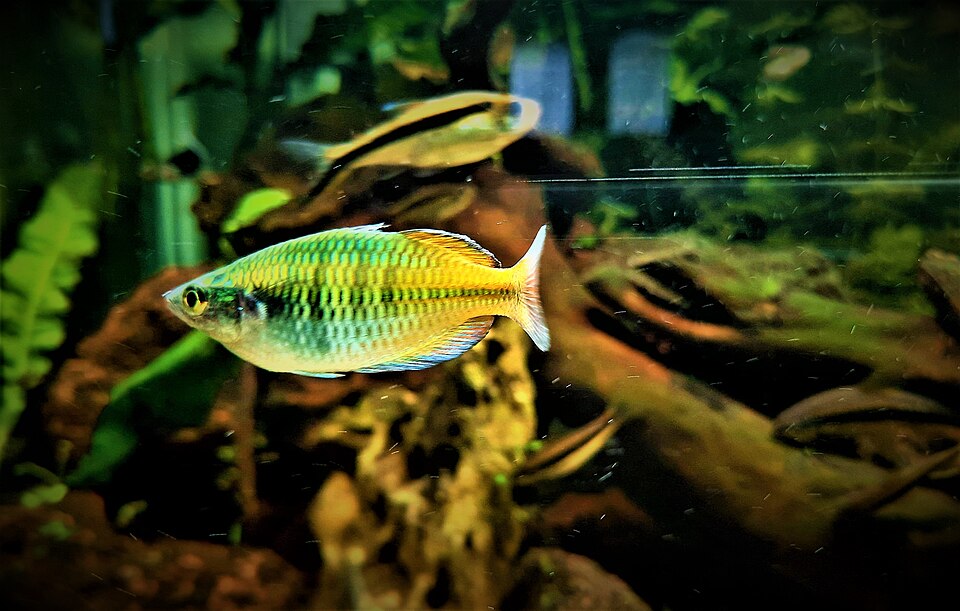
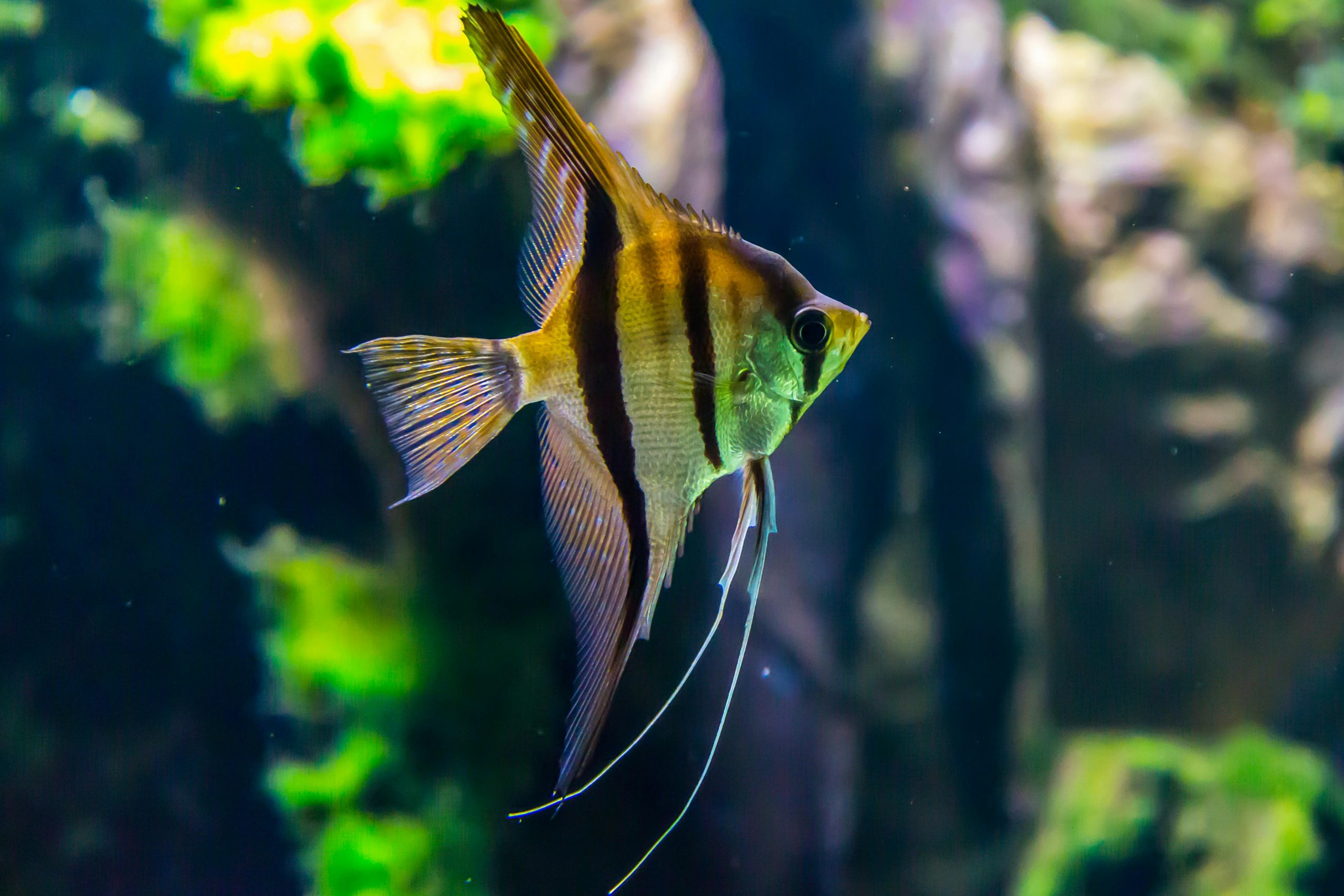
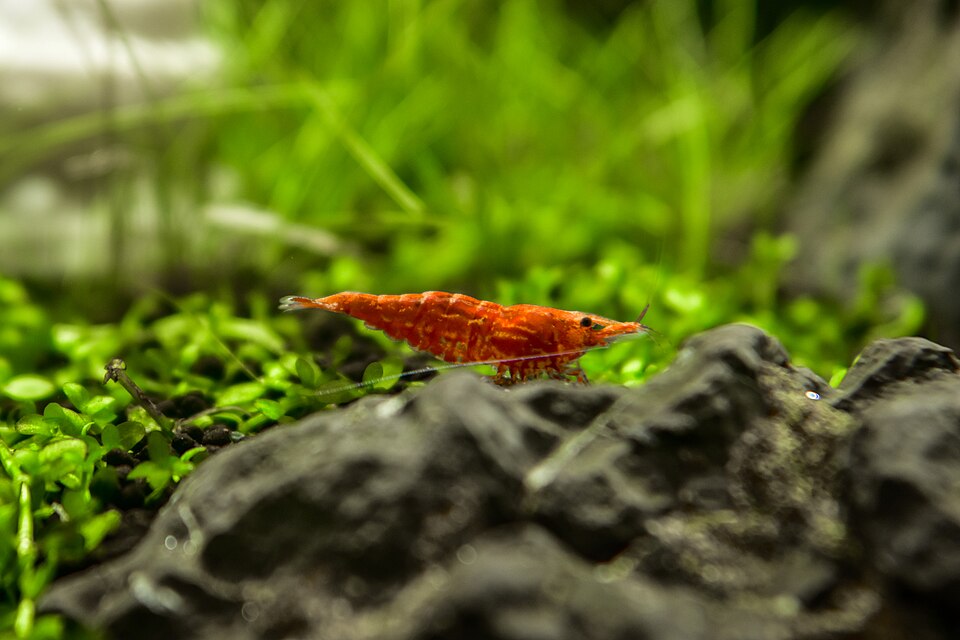


Leave a Reply